Kuo Predicts No ‘Significant Design Changes’ for iPhone 16
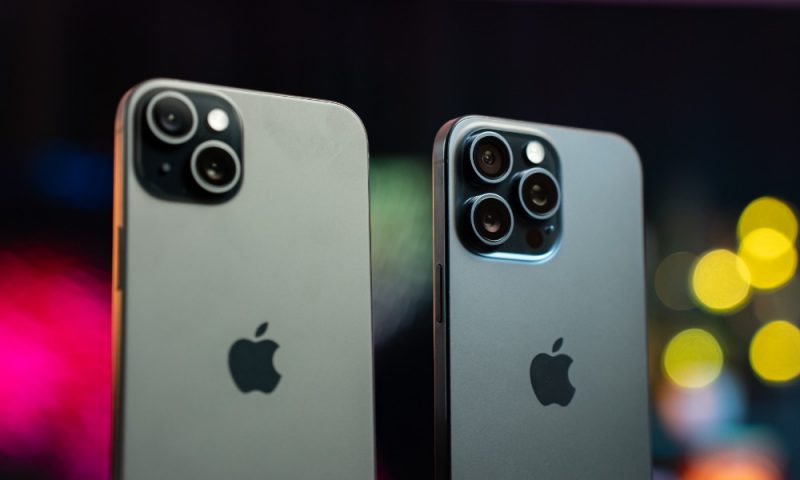
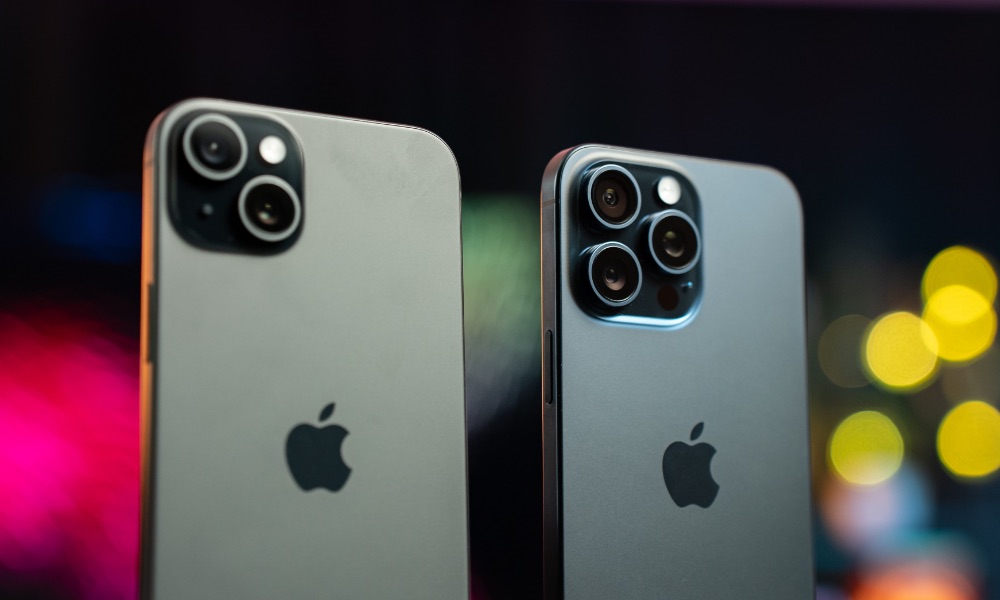 Credit: Amanz
Credit: Amanz
In a Medium post this morning, the well-known supply chain analyst has predicted that Apple will ship far fewer new iPhones this year than it has in previous years, with reports that the company is cutting shipments of “key upstream semiconductor components” by as much as 15% compared to last year.
As a result, Kuo says that shipments of both the current iPhone 15 and upcoming iPhone 16 models are expected to drop between 10 and 15% during the first and second half of 2024, compared to the numbers for the iPhone 14 and iPhone 15 in the same two halves of 2023.
Kuo places some of the blame for this at the feet of Apple’s failure to embrace generative AI functionality, pointing to the fact that Samsung has increased its shipments for its new Galaxy S24 lineup as a result of demand for the new Galaxy AI capabilities introduced on this year’s flagships.
Benefiting from the higher-than-expected demand due to the high integration of GenAI functions, Samsung has revised up the shipments of the Galaxy S24 series in 2024 by 5–10%, while Apple has revised down the shipment forecast of iPhone 15 in 1H24.
Ming-Chi Kuo
Meanwhile, Apple has revised its iPhone 15 forecast downwards. Of course, correlation doesn’t equal causation, but Kuo predicts that Apple won’t turn that around with the iPhone 16 this year, claiming that rumored generative AI features won’t arrive “until 2025 at the earliest.”
That flies in the face of several other reports that suggest iOS 18 will bring significant enhancements to Siri and other features that Apple could show off as soon as this year’s Worldwide Developers Conference (WWDC) in June, not to mention Kuo’s own December report that said the iPhone 16 would gain better microphones “to improve the Siri experience significantly.” At the time, Kuo speculated, based on other information he’d heard, that this “could indicate that Apple expects to integrate more AI/AIGC capabilities into Siri as a key selling point of the iPhone 16.”
However, it seems that whatever new tea leaves Kuo has been reading from Apple’s supply chain now lead him to believe these AI capabilities may be farther off than we expected.
It is expected that Apple will not launch new iPhone models with significant design changes and the more comprehensive/differentiated GenAI ecosystem/applications until 2025 at the earliest. Until then, it will likely harm Apple’s iPhone shipment momentum and ecosystem growth.
Ming-Chi Kuo
Kuo adds that Apple is also seeing a decline in the Chinese market due to “the return of Huawei and the increasing preference for foldable phones among high-end users as their first choice for phone replacement.”
While the iPhone took the top spot as the best-selling smartphone in China in 2023, the winds may be blowing in a different direction, as 2024 has begun with iPhone shipments dropping 2% in China, lending credence to Kuo’s assessment of the situation.
Will the iPhone 16 Be a Boring Upgrade?
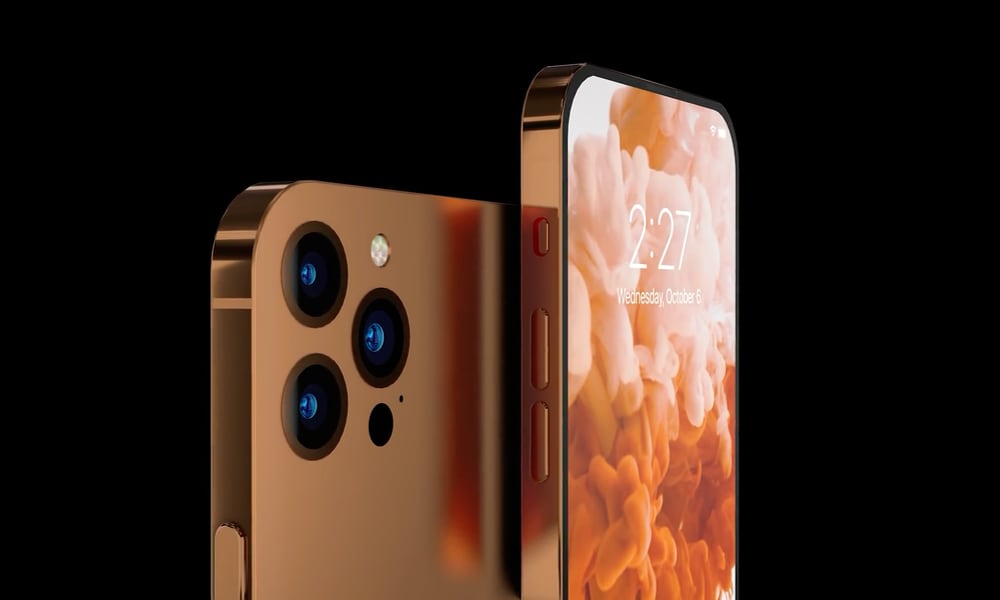
Although we’ve heard plenty of rumors pointing to larger screens and a new Capture Button on this year’s iPhone 16 lineup, some of those changes might only land on the iPhone 16 Pro models. That seems a sure thing for the larger screens; the Capture Button remains more of a mystery.
The iPhone 16 Pro is also expected to gain the tetra prism 5X lens that came to the iPhone 15 Pro Max last year — which may be part of the reason it’s growing to a 6.3-inch form factor. There are also reports that the Ultra Wide camera on both Pro models will move to a 48-megapixel (MP) sensor.
Then there are the persistent rumors of an iPhone 16 Ultra. However, that could also simply be a new name for the iPhone 16 Pro Max, which might make sense if Apple keeps doing things that set it apart from its smaller sibling; for example, some reports suggest the larger flagship iPhone will get a Super Telephoto Camera this year.
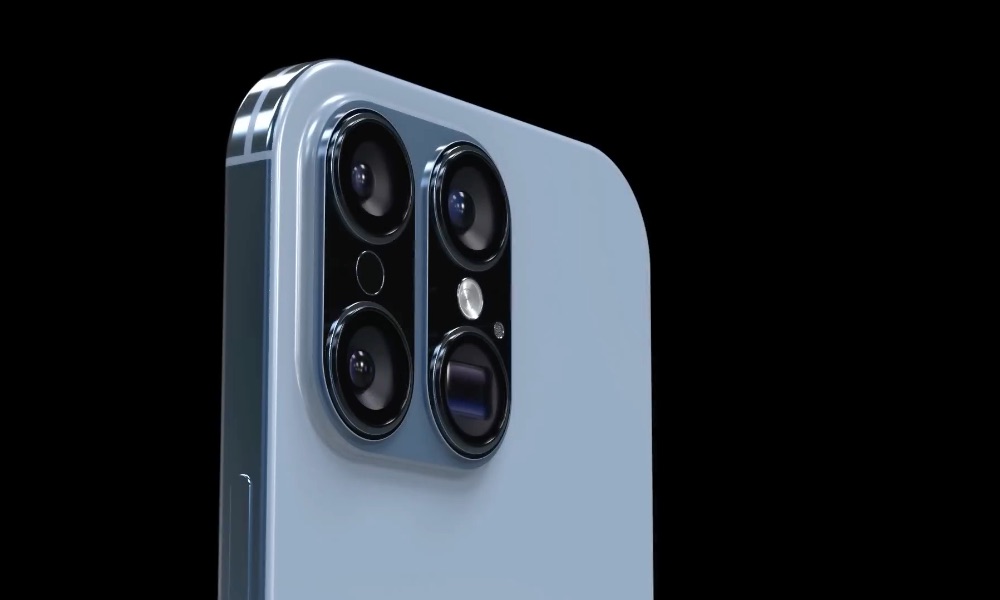
However, changes to the iPhone 16 could be considerably more pedestrian. Some early prototype renders indicate the camera position could return to the tandem layout used on the iPhone 12, perhaps to enable Spatial Video Recording, but other than the possibility of the Capture Button and addition of the iPhone 15 Pro Action button, we’re not expecting much from the standard iPhone 16 lineup.
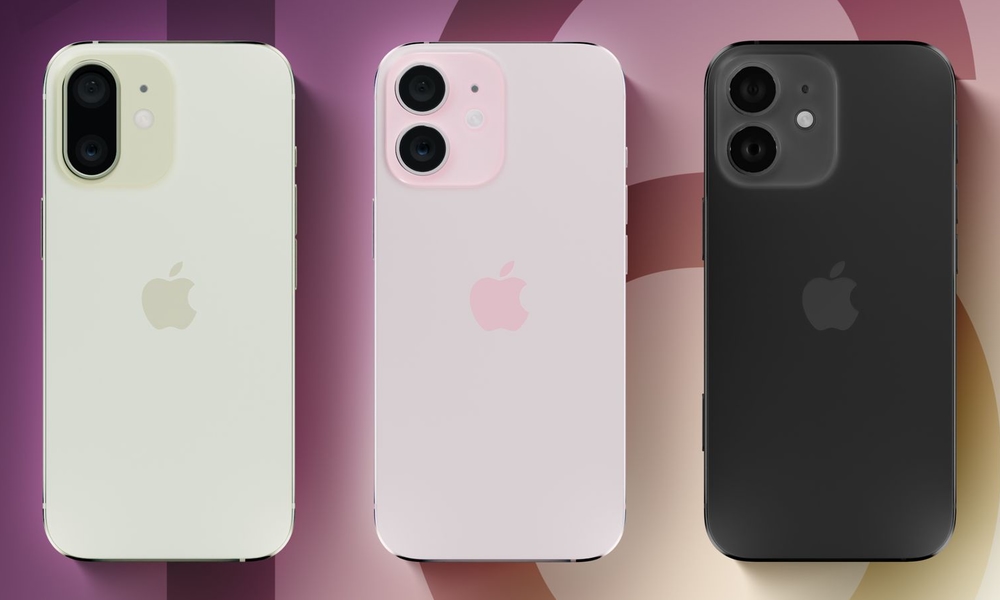
That’s not to say that those features won’t be enough to encourage many folks to take the plunge. When it comes to its base models, Apple doesn’t usually hit one out of the park year every year; the iPhone 15 was an unusually compelling upgrade for its cameras, the iPhone 14 was nearly identical to the iPhone 13 that came before. Plus, the A18 Chips expected to arrive this year will undoubtedly create even more powerful gaming experiences and could lay the groundwork for generative AI in future iOS updates, even if Kuo is right about those features not coming this year — which, to be fair, there’s no guarantee of.
After all, as well-connected as Ming-Chi Kuo is within Apple’s Asian supply chain, he has zero insight into what goes on inside the walls of Apple Park. He can only try to interpret Apple’s plans based on the types of components the company sources from its suppliers. This often leads to accurate predictions regarding camera sensors, displays, and other similar components, but he naturally has a hard time figuring out what Apple is up to on the software side — and that’s an area that generative AI falls pretty solidly into.
So, as usual, take any and all rumors with a sizeable dose of salt, no matter who they come from. Even the best sources can be wrong, and nobody will know for sure what the iPhone 16 will look like until Apple takes the stage and shows it to us in September.
[The information provided in this article has NOT been confirmed by Apple and may be speculation. Provided details may not be factual. Take all rumors, tech or otherwise, with a grain of salt.]







